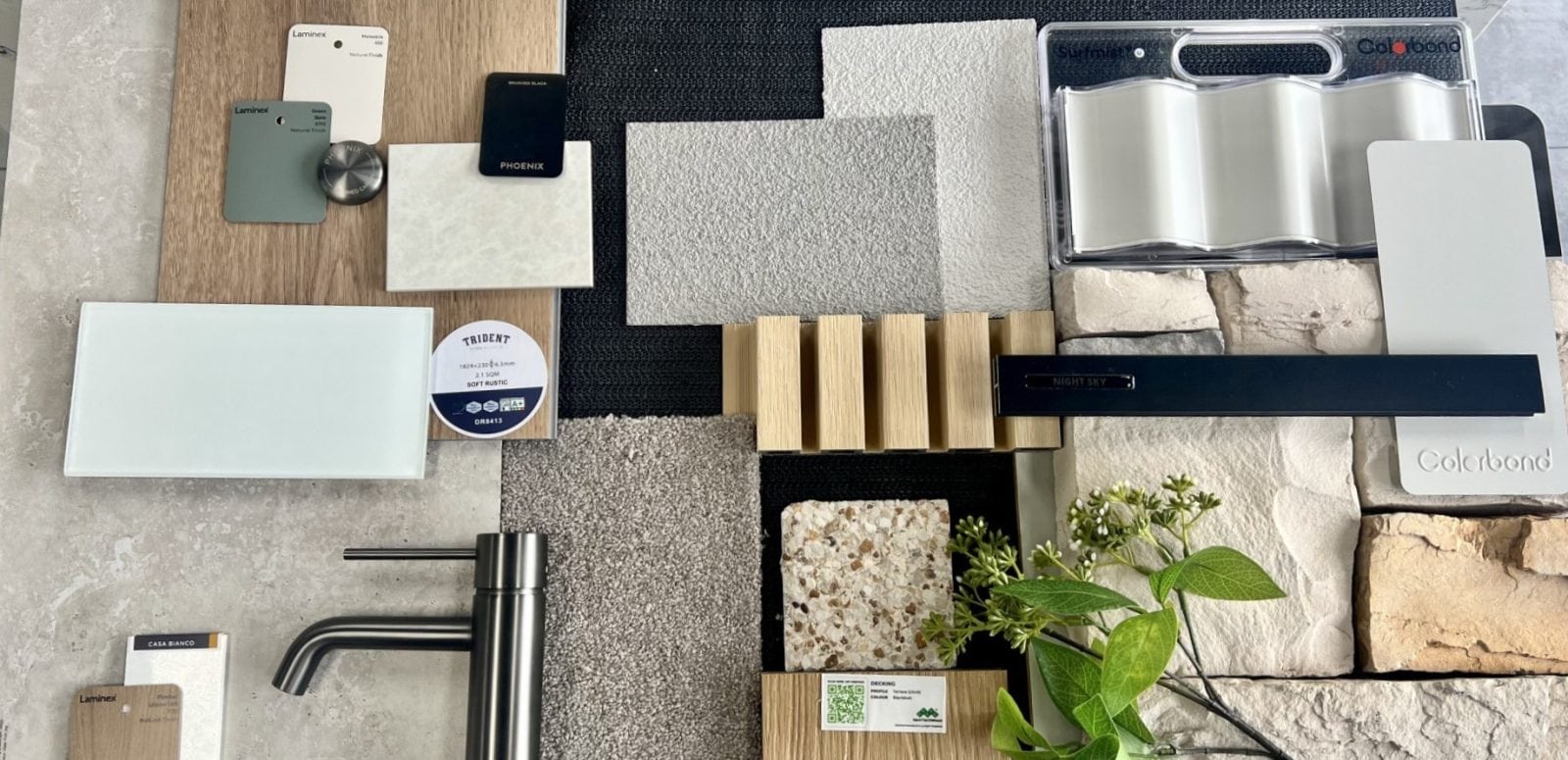
Texture Tells the Story
When helping clients design their new home, one of the most common requests we hear is, “We don’t want it to feel flat, but we don’t want too much colour either.” The solution? Texture.
Texture is one of the most powerful tools in interior design. It adds depth, warmth and character to a space without relying on bold colour choices that may date or overwhelm. By mixing natural finishes, tactile fabrics, and layered materials, you can create interiors that feel sophisticated and inviting.
Think of it this way: colour speaks loudly, but texture whispers with elegance. Imagine a neutral living room. On paper, it could look plain—but layer in a linen sofa, a chunky wool rug, brushed brass handles, matte stone benchtops and sheer curtains. Suddenly, the room feels alive, curated and full of interest, even without a strong accent colour in sight.
Texture also allows your design choices to remain timeless. While colour trends change year after year, a palette of layered neutrals with contrasting surfaces—smooth against rough, shiny against matte—stays stylish for decades. For clients building new homes, this means peace of mind: your investment looks fresh and relevant long after the paint has dried.
Some practical ways to add texture in your home include:
- Wall finishes: consider feature cladding or panelling instead of bold colour
- Flooring: combine timber with soft rugs or textured tiles
- Lighting: woven pendants or ribbed glass shades bring subtle detail
If you’re planning your new build, consider this: colour may fade, but texture endures.
